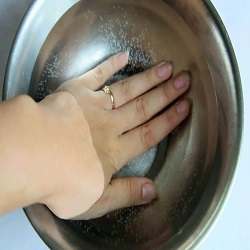Definition of Leukonychia
As with most medical words, this one is long and confusing, but what is it? Leukonychia is a condition that affects the nails. It typically appears as though the nail changes color. In this condition, the nail can either partially change color or fully change color. It is caused either by systemic problems or by a genetic disorder. The nail has looks like a normal nail; it is shaped like a normal nail, but it turns white.
The white appearance of the nail is caused by cells called “parakeratotoic cells.” These cells are not fully under-developed and contain a bulky nucleus. Inside the nucleus, these cells are known to contain keratohyalins. This slight cellular difference causes the nail to look white.
Different Types of Leukonychia
True Leukonychia
This type of leukonychia contains two different variations called total leukonychia and partial leukonychia. The difference between the two depends on the appearance of the nail. The difference in appearance is described as completely white or only two-thirds of the way discolored.
- Total Leukonychia – Considered an autosomal dominant condition. This is not the only cause. Other problems may cause this disorder including:

- Leprosy
- Typhoid
- Cytotoxic Drugs
- Biting your nails
- Partial Leukonychia – Considered only a phase of total leukonychia. While there are many different causes, the most common are:
- Metastatic carcinoma
- Tuberculosis
- Leprosy
In total, there are three different types of partial leukonychia.
- Transverse leukonychia – This disorder causes the nail to appear multi-colored. While it occurs in both men and women, it is seen mostly in women’s fingernails. There are many different causes but the most common are:
- Respiratory infections
- High fever
- Malaria
- Leprosy
- Punctate leukonychia – This is the most common type of leukonychia. It can occur in the nails of any person and can happen multiple times in their lifetime. In this type of leukonychia, the nail appears to have small white spots that fade over a short period of time.
- Longitudinal leukonychia – Appears as a small white line that is under the nail. It may make the nail appear to be bumpy, while it is actually flat and smooth.
Pseudo Leukonychia
 This type of leukonychia is diagnosed when there is a discoloration in the nail due to changes in the nail bed. There are three different forms of this disorder:
This type of leukonychia is diagnosed when there is a discoloration in the nail due to changes in the nail bed. There are three different forms of this disorder:
- Terry’s nails – This type affects most of the nail and causes most of the nail to be white in color. The rest of the nail will appear pink or brown in color.
- Muehrcke’s nails – This disorder causes the nail to appear as though it has several white bands.
- Half and half nails – This disorder causes the nail to appear white and dull in color. The rest of the nail may appear brown.
Treatment for Leukonychia
The most effective treatment for leukonychia is to treat it at the source. The cause of leukonychia is a zinc disorder which can easily be treated with an over-the-counter supplement. While the nail is affected, you should avoid any contact with chemicals or other substances that may damage them further.

 Subscribe Now
Subscribe Now
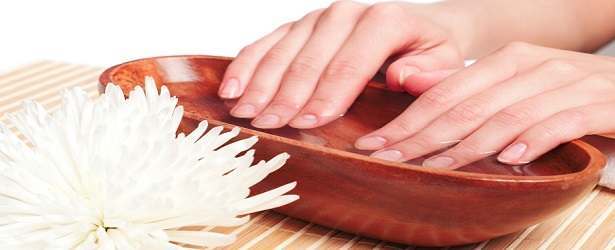
 make nails become rough and thick as well as turn yellow or white. While a severe case of nail fungus infection may require prescription medication, milder cases may be treated at home with various remedies. Homeopathic remedies have been used for many years and have been proven effective
make nails become rough and thick as well as turn yellow or white. While a severe case of nail fungus infection may require prescription medication, milder cases may be treated at home with various remedies. Homeopathic remedies have been used for many years and have been proven effective 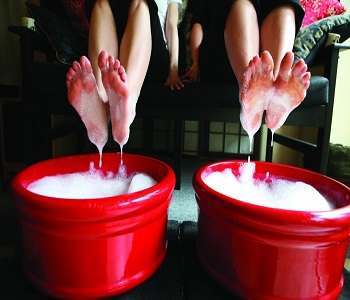 Once per week, right after you have soaked the affected area, use a nail file to file the affected nails. When you do this, expose the new nail. Soak the affected area for an additional 30 minutes. Wash with warm soap and water as you normally would and dry completely.
Once per week, right after you have soaked the affected area, use a nail file to file the affected nails. When you do this, expose the new nail. Soak the affected area for an additional 30 minutes. Wash with warm soap and water as you normally would and dry completely.
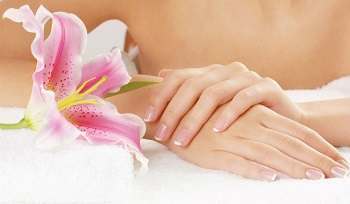 common in people who are over the age of 45.
common in people who are over the age of 45.
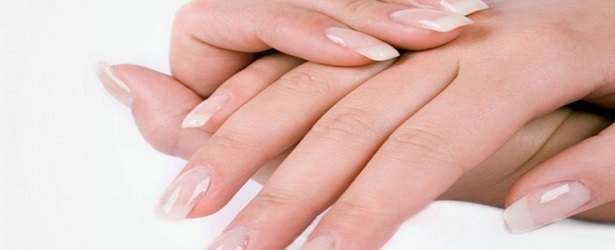
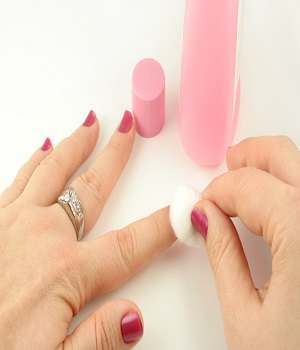
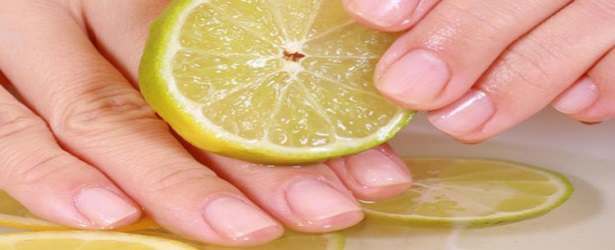
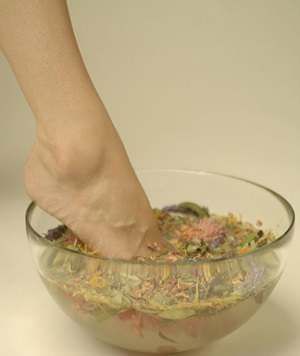
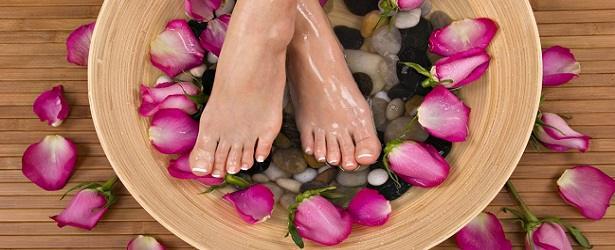
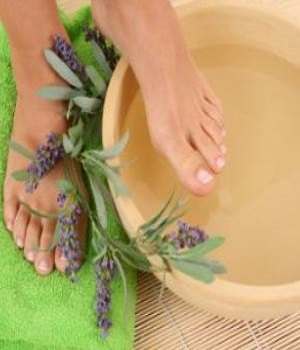 Home remedies are extremely effective, especially when treating the early signs and symptoms of toenail fungus. While some people still see home remedies as “iffy”, they are effective. When you really think about it, home remedies were the only option a few hundred years ago and science is showing that they are, in some cases, more effective than standard medicine.
Home remedies are extremely effective, especially when treating the early signs and symptoms of toenail fungus. While some people still see home remedies as “iffy”, they are effective. When you really think about it, home remedies were the only option a few hundred years ago and science is showing that they are, in some cases, more effective than standard medicine. Make sure to let your doctor know about any medications you are taking, both prescription and herbal, even vitamin supplements. Knowing this information lets your doctor make the right choice with the medication he or she prescribes, because some of them can cause severe interactions if used with other things.
Make sure to let your doctor know about any medications you are taking, both prescription and herbal, even vitamin supplements. Knowing this information lets your doctor make the right choice with the medication he or she prescribes, because some of them can cause severe interactions if used with other things.
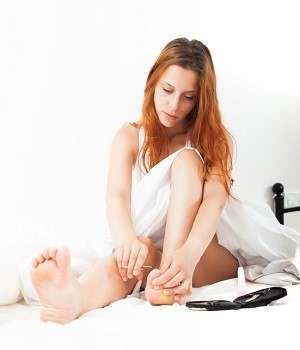 Onychomycosis affects the nail bed (skin underneath the nail), nail plate (the hard surface that we refer to as the nail), or the skin around the nail. Onychomycosis is the cause for one third of skin infections and half of nail infections. The visual signs that you can see on the nail is the fungus. A white or yellowish crust appears on top of or embedded in the nail. This is the actual fungus growth. This appears in the streaks along the line of the nail (finger or toe) and sometimes at the cuticle (soft area at the base of the nail). The fungus spreads and covers the entire nail surface, turning milky white or yellow. The
Onychomycosis affects the nail bed (skin underneath the nail), nail plate (the hard surface that we refer to as the nail), or the skin around the nail. Onychomycosis is the cause for one third of skin infections and half of nail infections. The visual signs that you can see on the nail is the fungus. A white or yellowish crust appears on top of or embedded in the nail. This is the actual fungus growth. This appears in the streaks along the line of the nail (finger or toe) and sometimes at the cuticle (soft area at the base of the nail). The fungus spreads and covers the entire nail surface, turning milky white or yellow. The 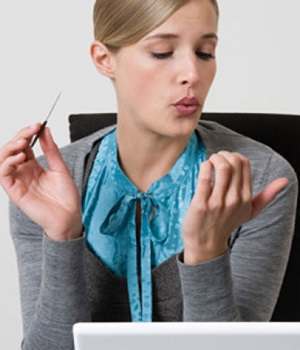 Different forms of onychomycosis require different samples from the affected area. The top of the nail can be scraped and the tip of the nail can be sampled in some cases. In some cases the entire nail will need to be removed entirely. This can be scary, but it helps by allowing the exposed nail bed to be treated.
Different forms of onychomycosis require different samples from the affected area. The top of the nail can be scraped and the tip of the nail can be sampled in some cases. In some cases the entire nail will need to be removed entirely. This can be scary, but it helps by allowing the exposed nail bed to be treated.
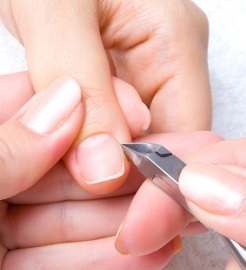 solutions to stopping hangnails.
solutions to stopping hangnails.